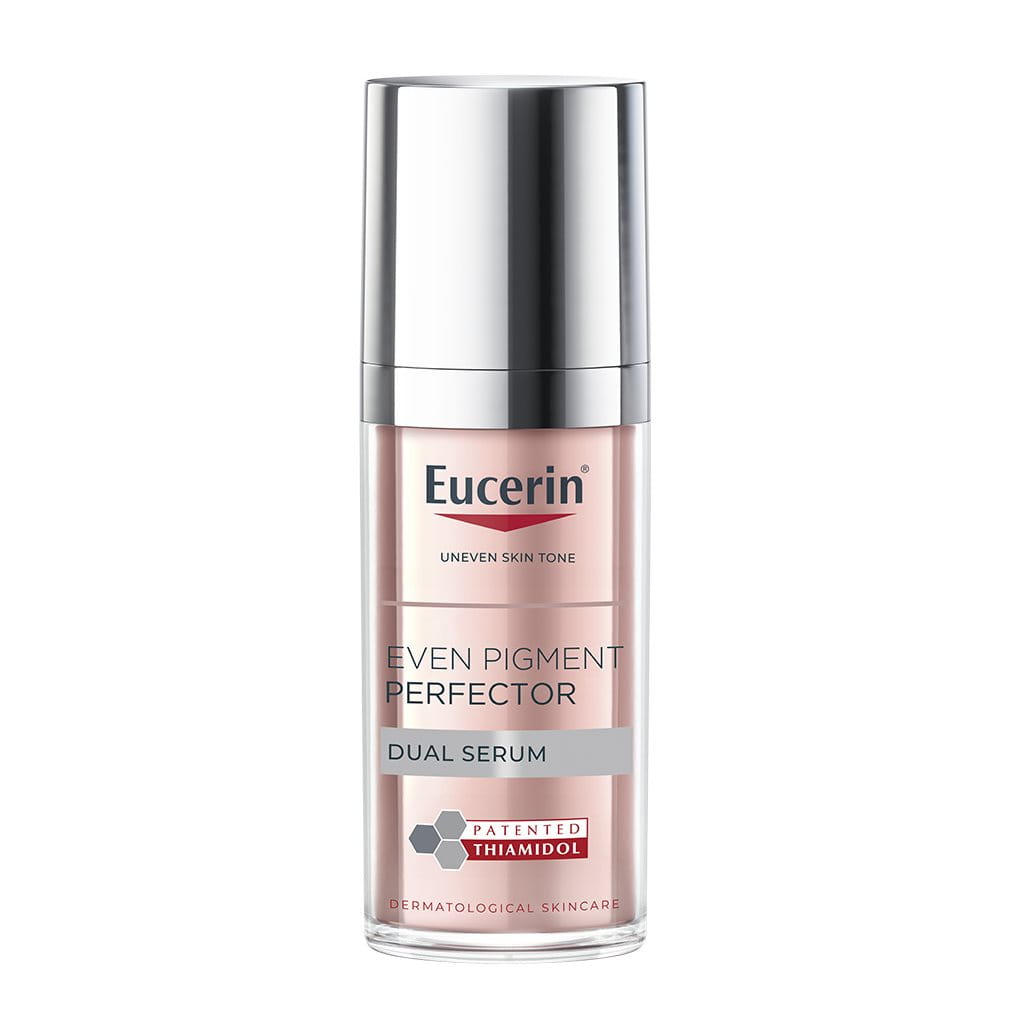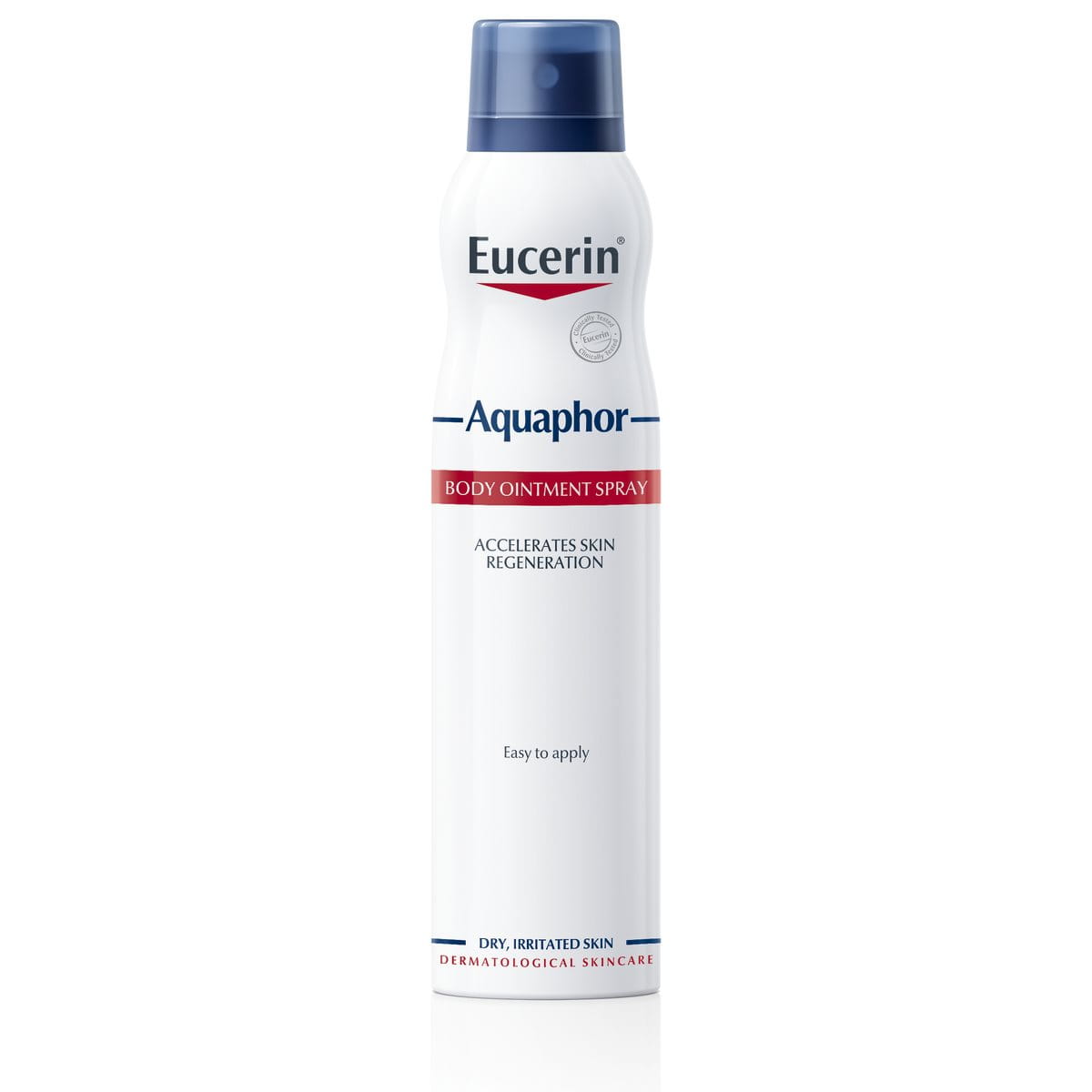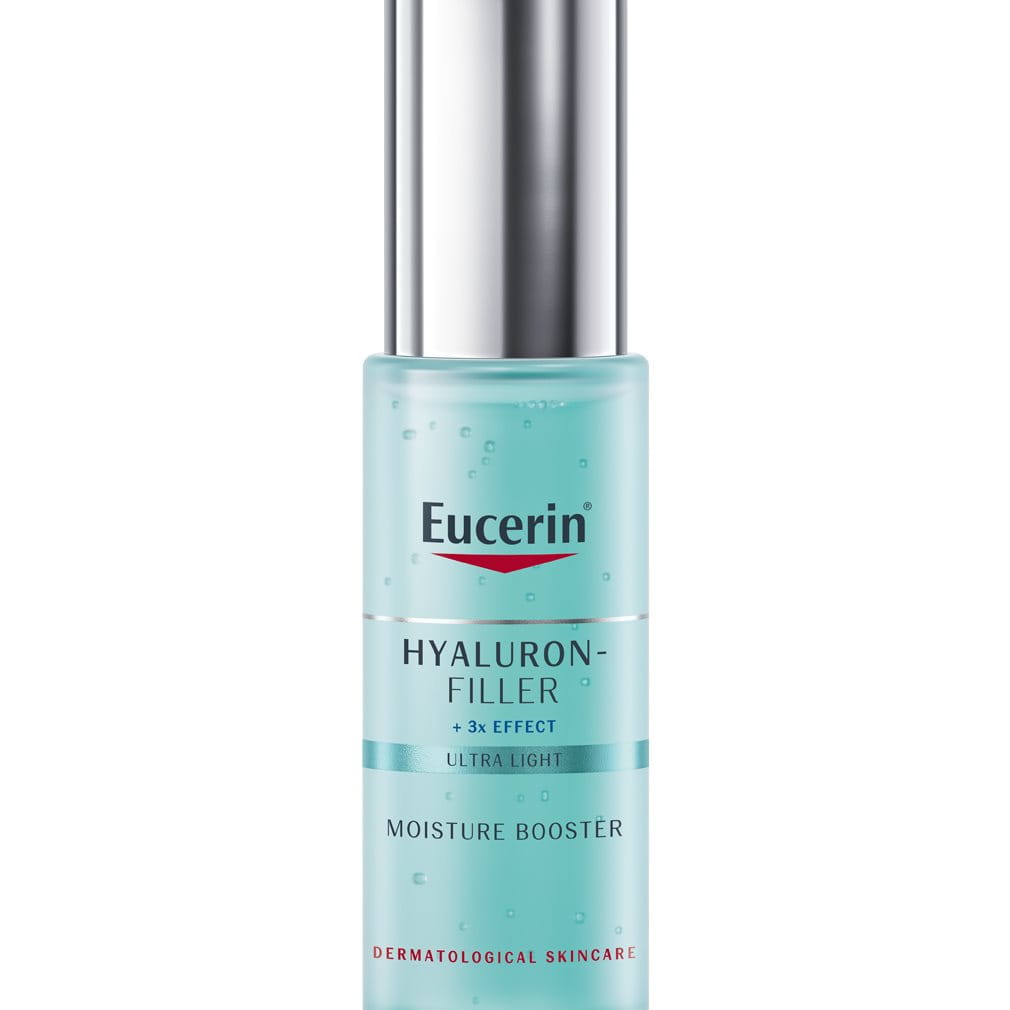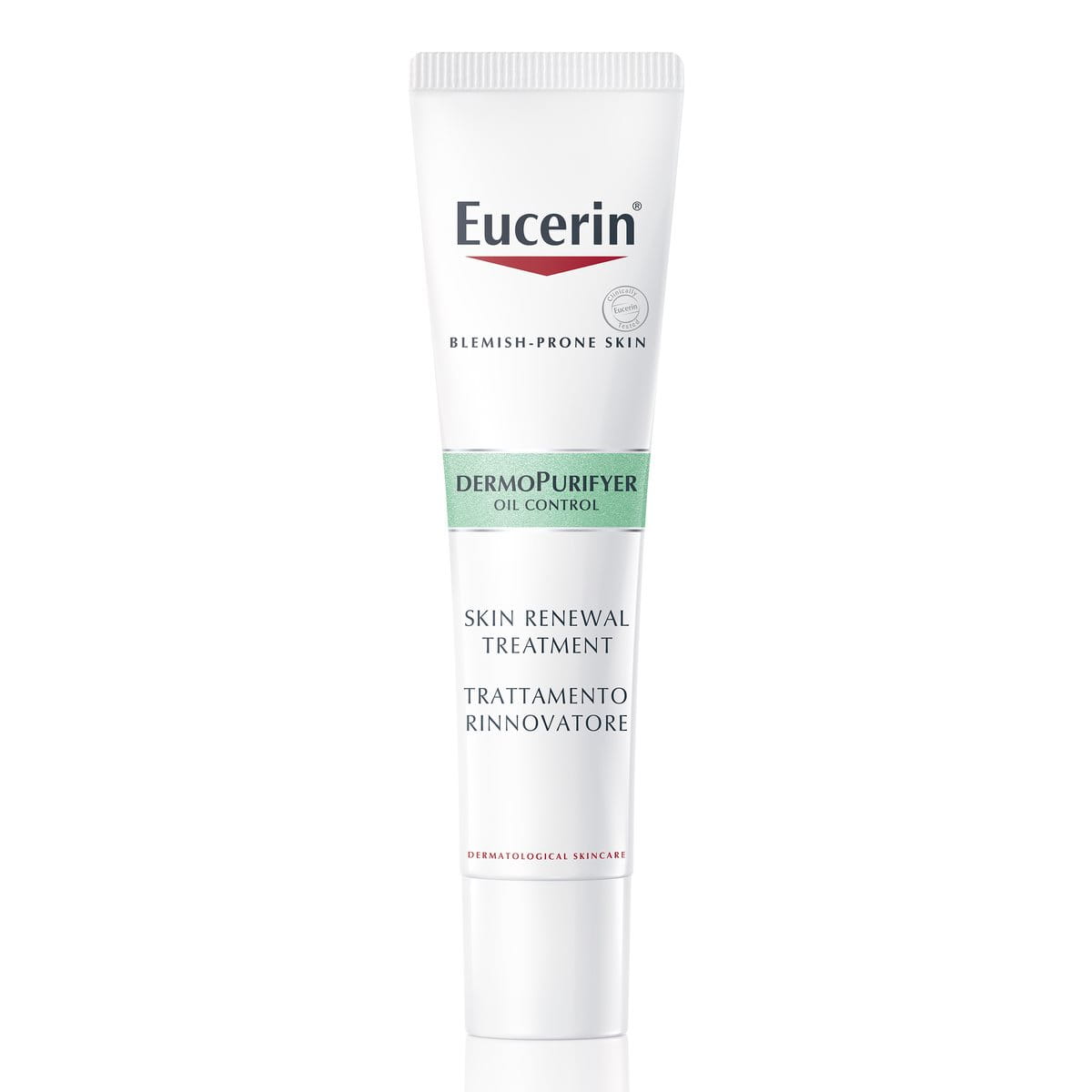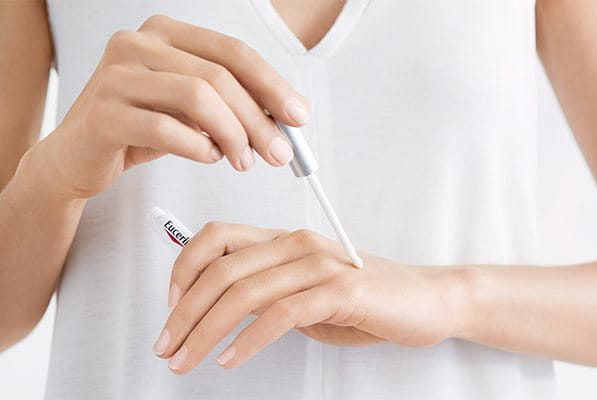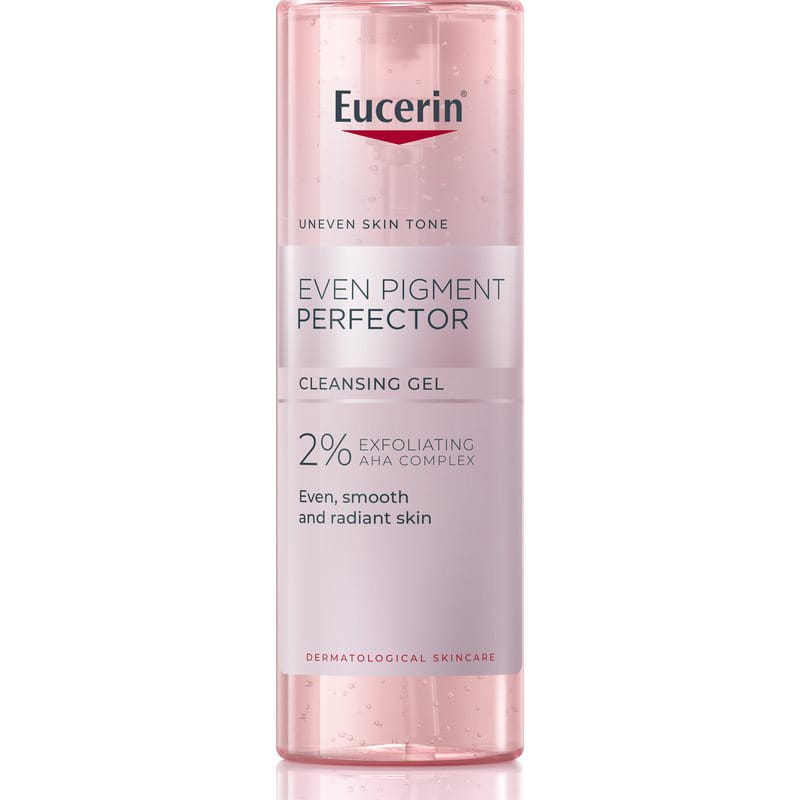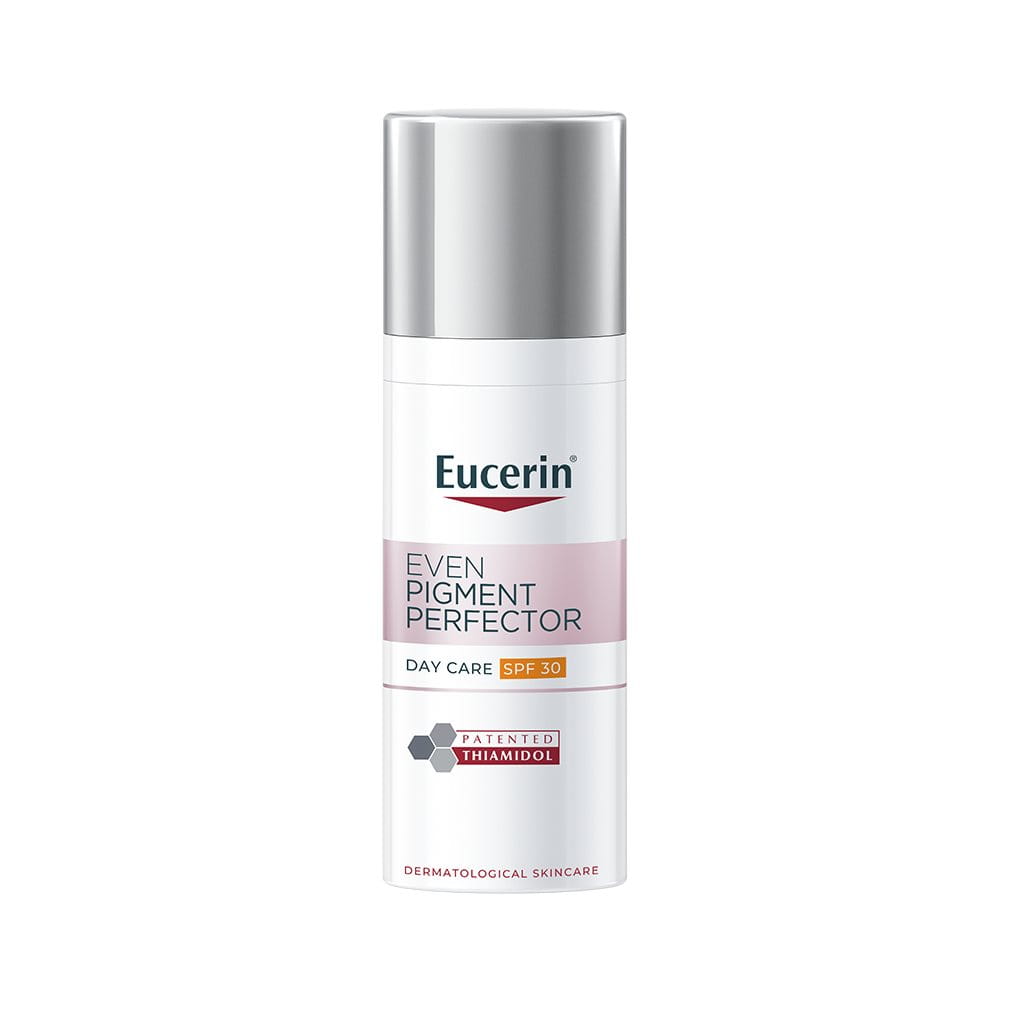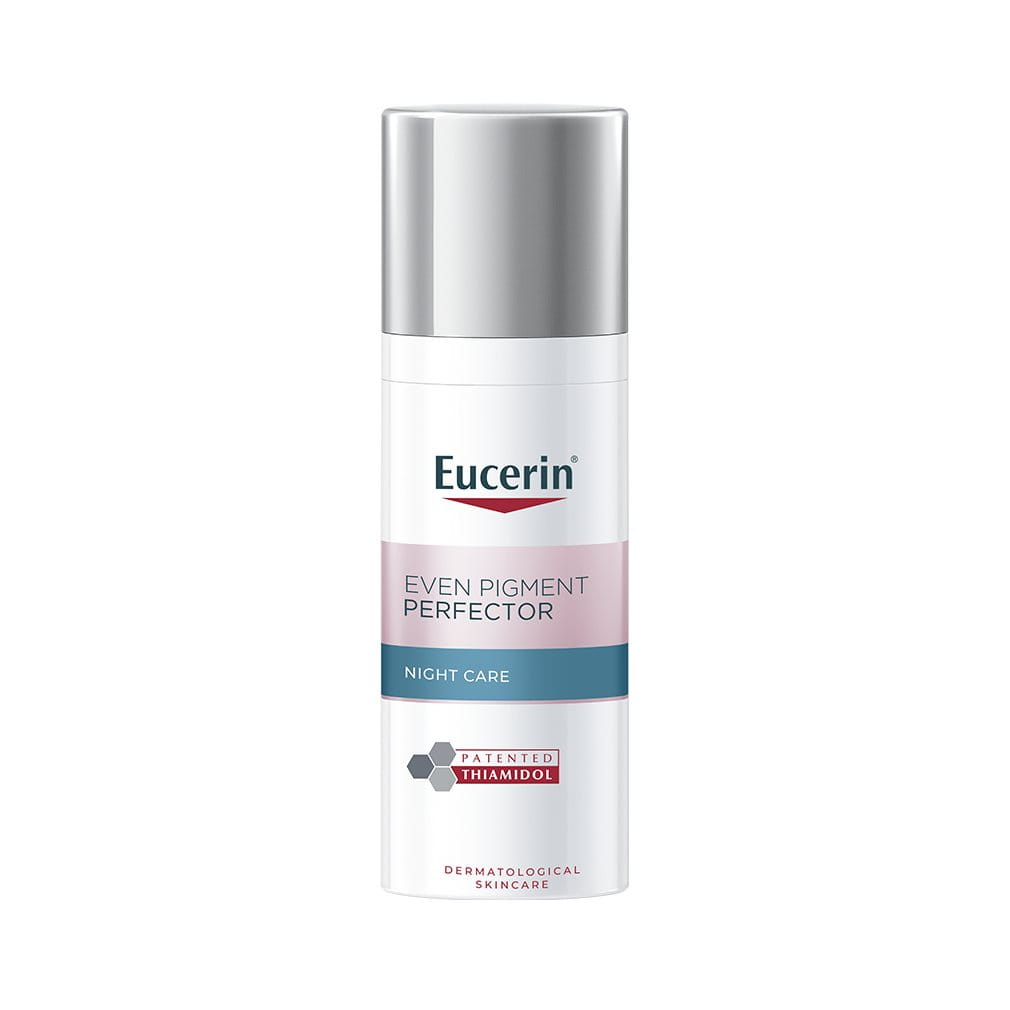Read below to learn what post-inflammatory hyperpigmentation is, what it looks like, and the treatments to reduce dark spots and patches on your skin.
Read below to learn what post-inflammatory hyperpigmentation is, what it looks like, and the treatments to reduce dark spots and patches on your skin.
What is post-inflammatory hyperpigmentation?
It can affect anyone; men and women are equally susceptible, but it’s more common in people with darker skin tones. Typically, it appears as flat dark spots of discolouration and an uneven skin tone. These spots range in colour from brown to black, depending on skin tone and the depth of discolouration. While PIH usually subsides over time, treatments are available to help accelerate the process.
What does post-inflammatory hyperpigmentation look like?
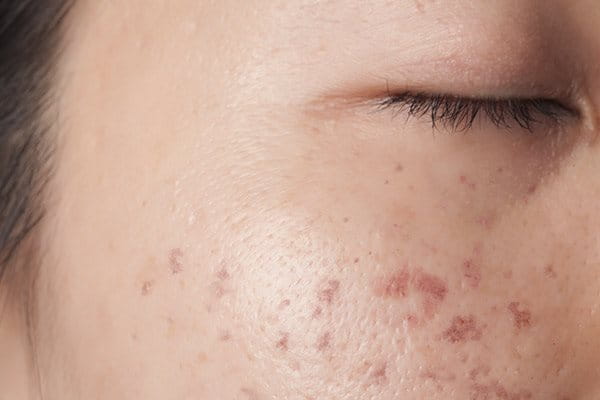
The more inflammation there is, the more obvious the area of discolouration will be, both in terms of size and colour. In cases where PIH is caused by acne, picking pimples can worsen the skin condition, leading to increased hyperpigmentation. PIH can also appear on the legs as a result of abrasions from shaving.
In some cases, inflammatory acne can result in pink, red, or purple coloured pigmentation, which is more commonly referred to as post-inflammatory erythema (PIE). PIE refers to discolouration due to damage to capillaries in the skin’s surface, whereas PIH mainly refers to the pigment change following a skin condition. Both PIE and PIH tend to reduce with time, although acne scarring can be textural and permanent.
The root cause of PiH is increased melanin production. Melanin is the pigment that defines the color of a person’s skin and the increase in melanin is triggered by the way skin heals after inflammation or injury.
1- Postinflammatory hyperpigmentation: a review of the epidemiology, clinical features, and treatment options in skin of color. E.C. Davis and V.D. Callender. J Clin Aesthet Dermatol. 2010 Jul; 3(7): 20-31/em>
What causes post-inflammatory hyperpigmentation?
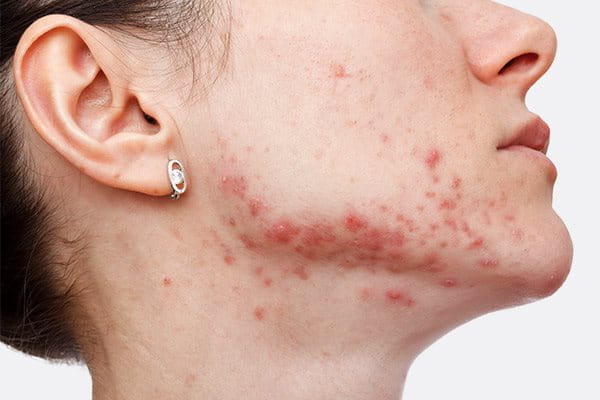
When the skin heals, it produces extra melanin (the pigment that gives skin its colour) in the affected area, causing it to become darker than the surrounding skin. Other common causes of PIH include:
- Acne
- Injuries: Cuts, scrapes, or surgical incisions
- Skin conditions: eczema, psoriasis, and dermatitis
- Burns: Thermal or chemical burns
- Insect bites
- Allergic reaction
- Hair removal: waxing or threading
- Friction: tight clothing or repeated scratching
Whilst not the cause of PIH, the sun can aggravate symptoms, darkening the affected patches and prolonging the time it can take for them to fade. The sun is closely associated with other forms of hyperpigmentation, such as age spots, also known as sun spots, and melasma.
Post-inflammatory hyperpigmentation is harmless, but melanoma can be life-threatening. If you have any concerns about your dark pigment spots – if they change shape, size, and colour, or if they become itchy and start to bleed, it’s important that you consult your doctor.
Post-inflammatory hyperpigmentation: How to Treat It
Chemical peels
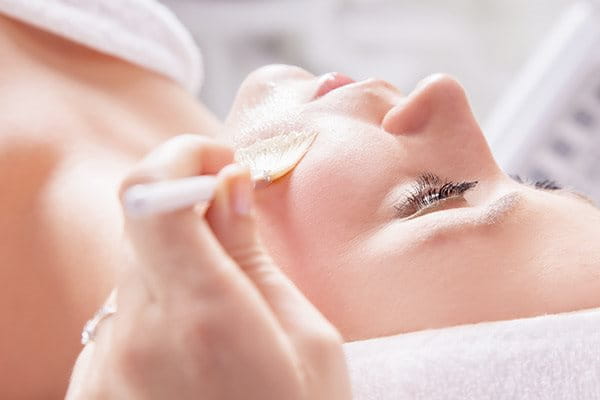
Laser treatment
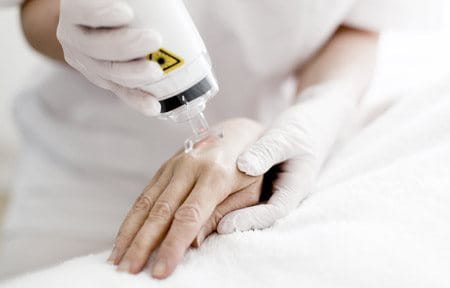
Hydroquinone
Skincare products
What can I do to help prevent dark spots from forming?
Blemish-prone skin

Atopic skin
Skin undergoing dermatological treatments
Sun protection

A sensible attitude to sun protection will also help to prevent or reduce the severity of PIH:
- Limit the time you spend in the sun - keep out of the sun during its most intense hours
- Wear protective clothing and sun hats whenever possible
- Apply a sun protection product that offers the level of protection your skin needs and that is proven to be suitable for your skin type and/or condition.
Eucerin Sun Protection helps prevent PIH and includes face and body products that are suitable for blemish-prone skin, atopic skin, and skin that has recently undergone dermatological treatments.
Our brand values

We deliver a holistic dermo-cosmetic approach to protect your skin, keep it healthy and radiant.

For over 100 years, we have dedicated ourselves to researching and innovating in the field of skin science. We believe in creating active ingredients and soothing formulas with high tolerability that work to help you live your life better each day.

We work together with leading dermatologist and pharmacist partners around the world to create innovative and effective skincare products they can trust and recommend.
